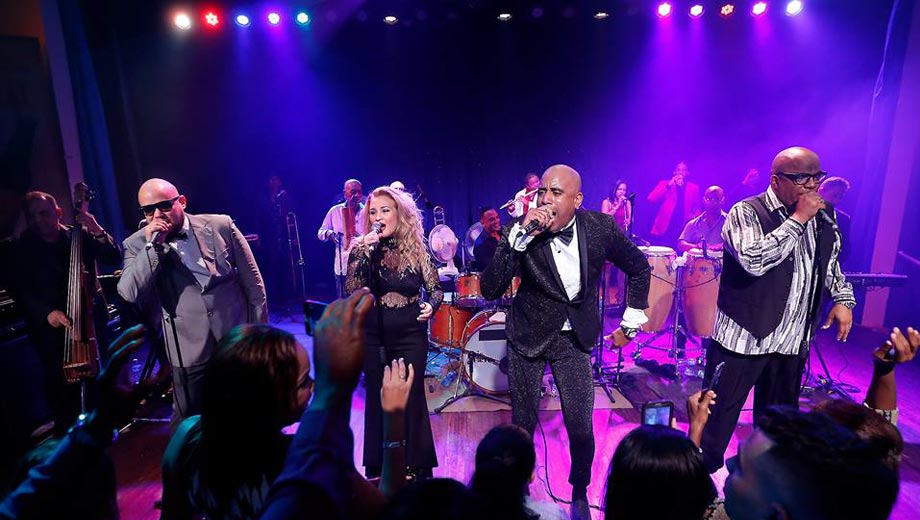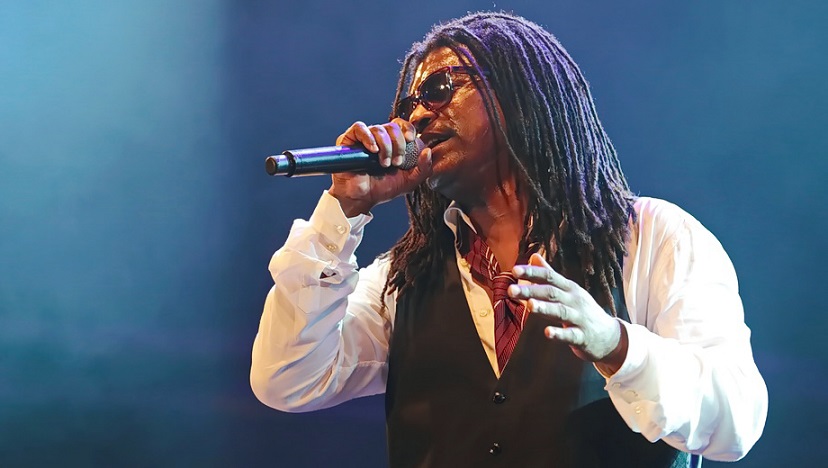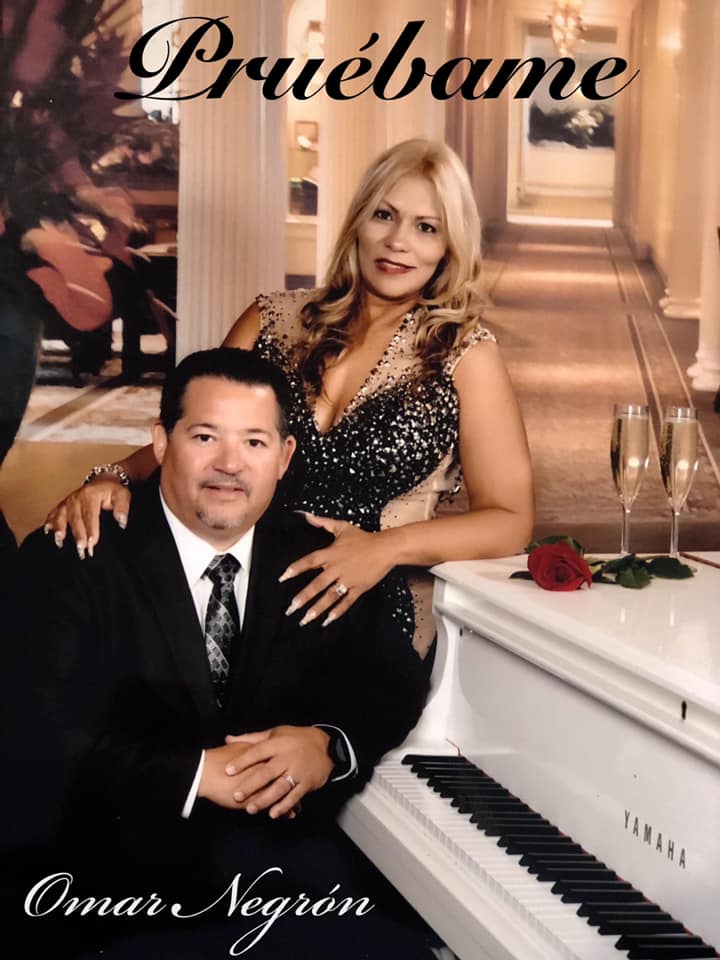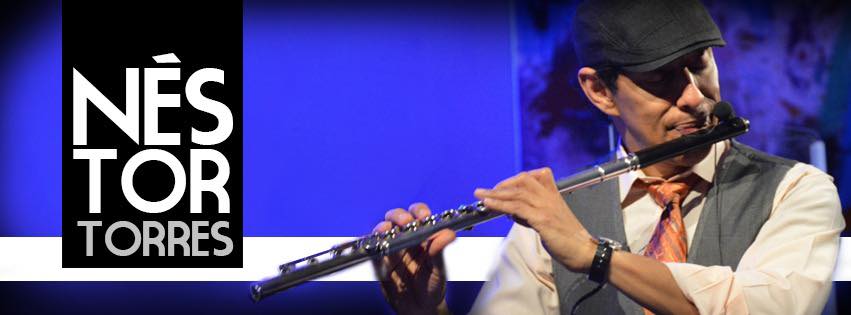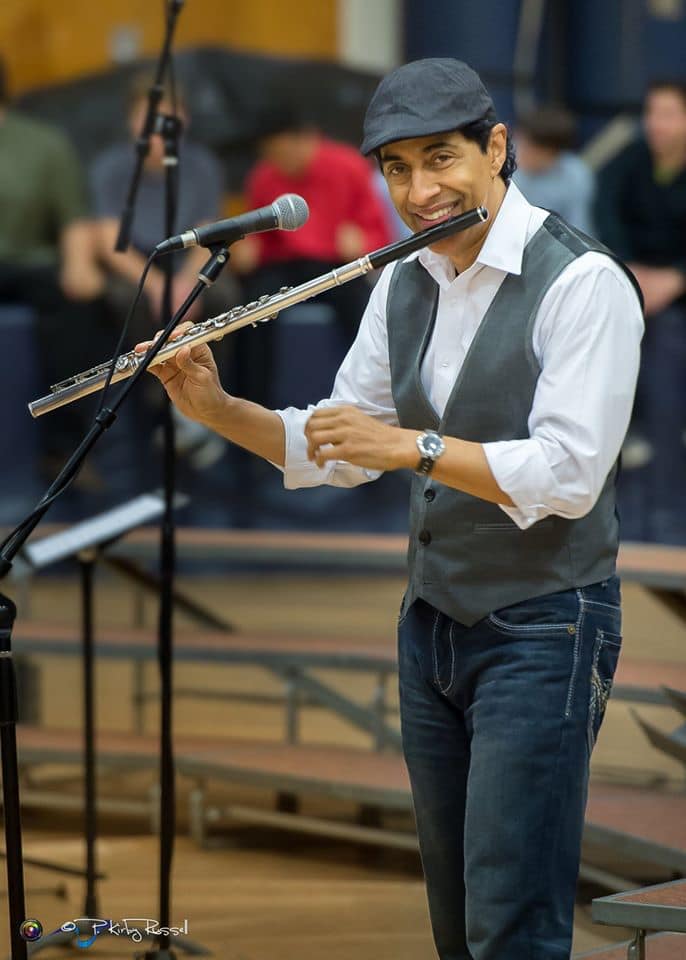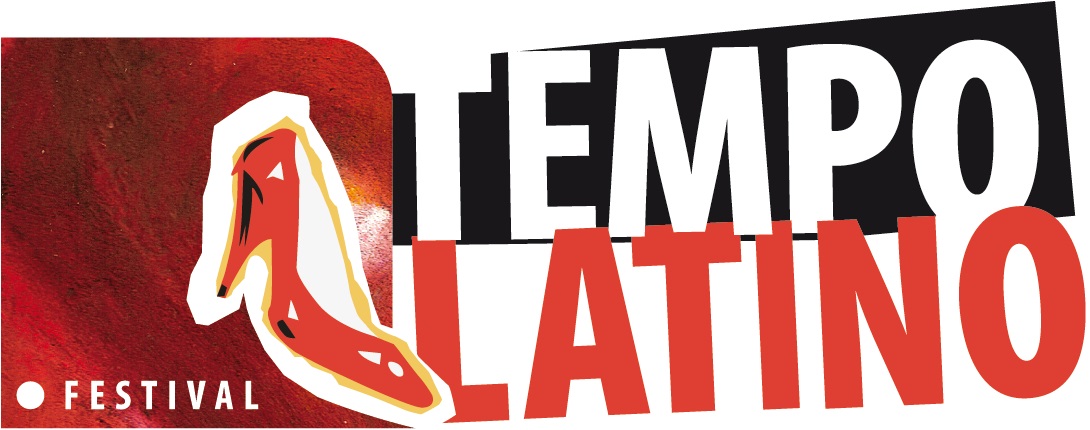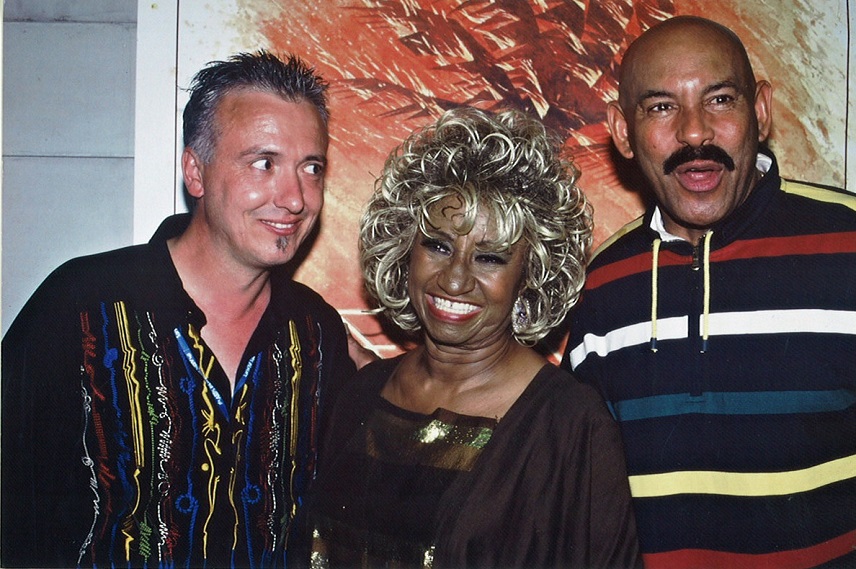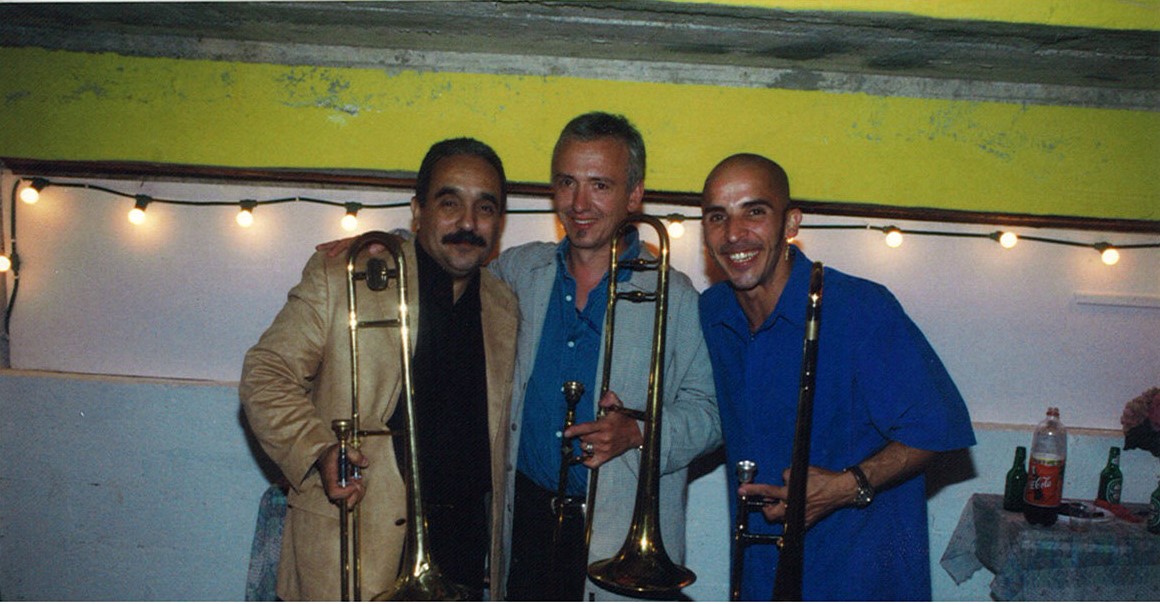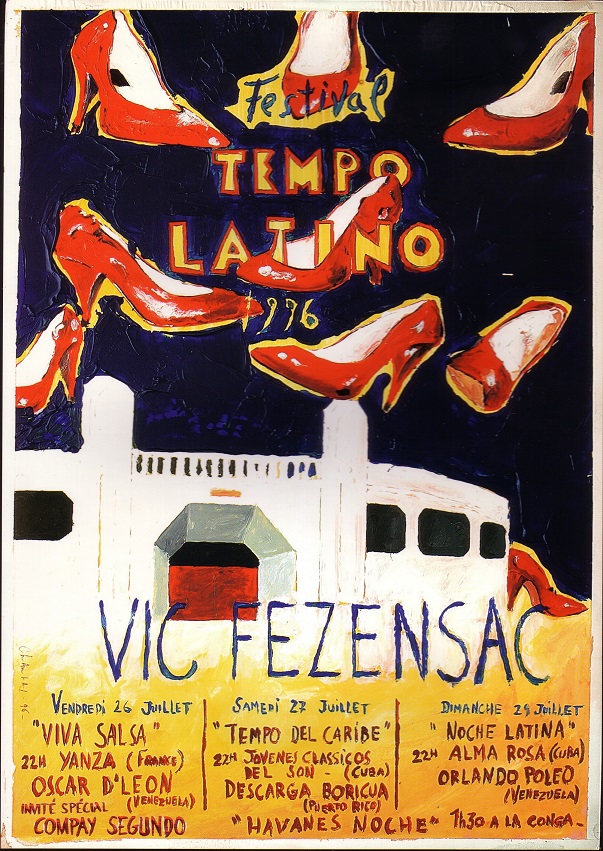North America / USA / New York
Nicky Marrero, an Award Winning Master Percussionist, Innovator and Educator.
Nicky Marrero born in the Bronx, in 1950; recorded his first album “El Malo” with Willie Colon in 1967.
Still in High school, he joint Eddie Palmieri, performed and recorded with the Fania All Stars, Dizzy Gillespie, Machito, Ringo Starr amongst so many more.
His unique talent left a mark on sound in style through his creativity and boldness of breaking with tradition and creating his own to this day.
The most recorded, versatile and dynamic Puerto Rican Percussionist of his time.
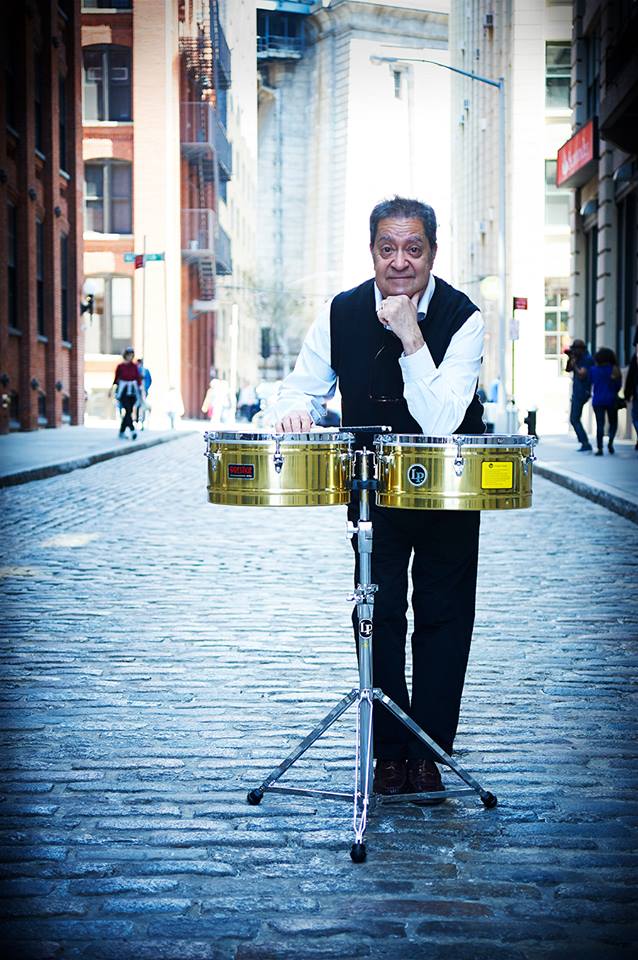
Exciting News!!
Latin Master Percussionist Nicky Marrero is taking on a few more private students.
How about you?
Do you share the passion and dedication to reach a higher level as a professional, student and or serious hobbyist with one of the best?
So email your details to [email protected] do not miss out on this unique opportunity to broaden your knowledge and advance your own skill and technique under the guidance of a true, World class Award winning Master of his Craft.
